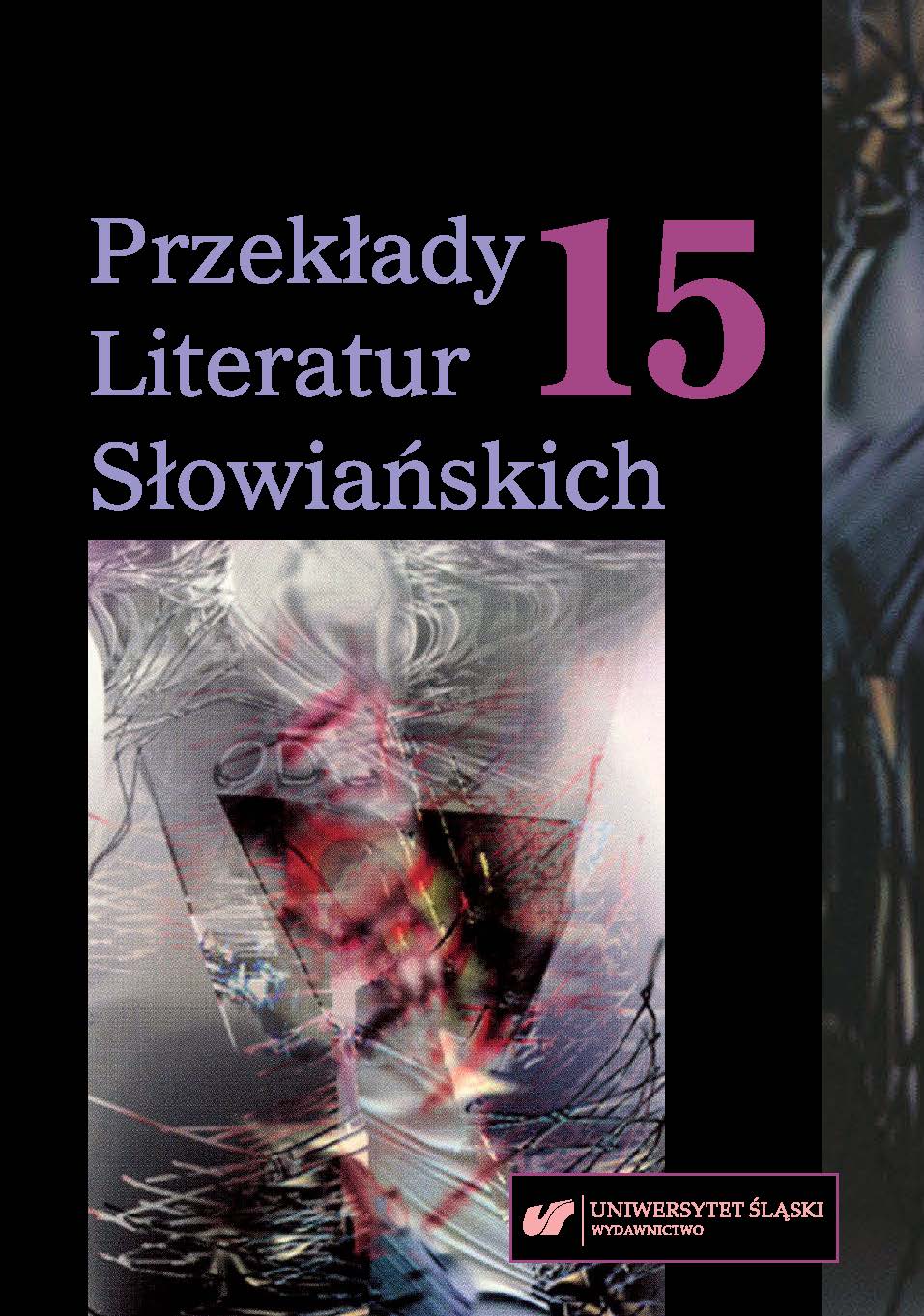

W tomie 7 części 2 odnotowano tłumaczenia, które ukazały się w roku 2015. W zakresie wyboru oryginałów ujawniły się pewne zmiany preferencji w stosunku do lat ubiegłych, mniej lub bardziej uchwytne w poszczególnych parach literatur. W związku z tym autorzy komentarzy przyjęli różne perspektywy oglądu zjawiska: kryterium wyboru oryginału, cel kultury przyjmującej, różnice w zakresie wyborów w ramach par przekładowych i wynikający z tego wzajemny stosunek do własnej i cudzej twórczości, rola inicjatyw wydawniczych oraz tłumacza jako pomostu między dwoma kulturami. W takim podejściu ujawniają się różnice wzajemnych potrzeb między kulturami słowiańskimi, jak również nieznane sobie duże obszary kulturowo-literackie, w celu poznania których podejmowane są próby wyrównania tych wzajemnych braków — między innymi w postulacie zaopatrywania przekładów obszerniejszymi komentarzami lub posłowiami. Dotąd szczególną o to dbałością wykazywali się tłumacze i wydawcy literatury polskiej w Słowenii. Przyjęta przez autorów perspektywa analizy danych bibliograficznych jest jedną z wielu, inspiruje bowiem do wielu innych przemyśleń w zakresie odkrywania słowiańskich odrębności w podobieństwie.
Bibliography of Translations of Slavic Literatures (2015)Volume 7, Part 2, compiles translations which appeared in 2015. As far as the criteria for the selection of literary texts are concerned, some changes in patterns of preference have been noted in comparison with previous years, more or less detectable within the individual linguistic-literary pairs (Czech-Polish, etc.) Hence, the contributors of commentaries have assumed different perspectives in their examination of the phenomena: the criterion of the choice of the original work; the aim of the receiving culture; the differences in the scope of choice within the translation pairs and the resulting mutual relationship between the native and foreign literature; and the role of publishing initiatives and of translators as bridges between the two participating cultures. This type of approach reveals differences in the needs of various Slavic cultures as well as large, mutually unknown cultural and literary areas; it also helps to determine efforts which need to be undertaken in order to eliminate the deficiencies in knowledge on both sides of the border, such as – among other things – the postulate that translations should be accompanied by copious commentaries or postscripts. So far, translators and publishers of Polish literature in Slovenia have shown great care in this respect. The approach taken by the contributors, that of the analysis of bibliographical data, is one out of a number of possible methodologies, and it inspires a number of other reflections in the area of discovering Slavic differences alongside similarities.

Том 15 (2025)
Опубликовано: 2025-12-19
 10.31261/PLS
10.31261/PLS